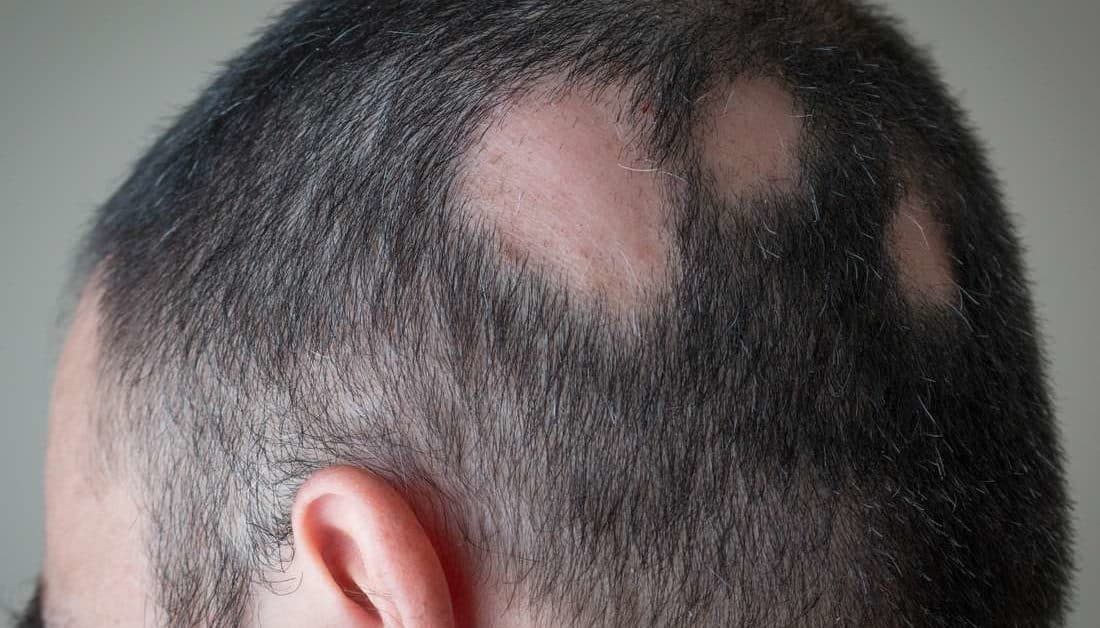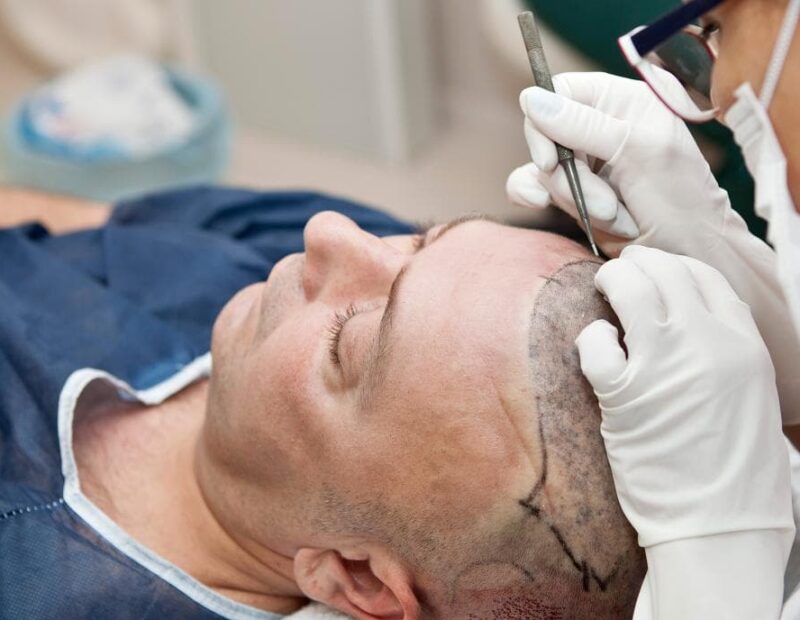Before we get you the answer to “Is Hair Transplantation a Solution For Alopecia Areata?” we should define what Alopecia Areata is.
Contents
What is Alopecia Areata?
Alopecia Areata is a form of hair loss that causes partial hair loss in one or more body areas. Alopecia areata typically affects scalp hair and comes in a variety of sizes. It can result in permanent or temporary hair loss. While the cause of alopecia areata is unclear, most experts believe that high stress, depression, and hormonal changes in the body can cause certain skin diseases.
People suffering from alopecia areata who choose to regrow their hair have a few choices. A potential hair transplant treatment is the best option. Alopecia areata and hair transplant are often related since a hair transplant provides the best outcomes in such a situation.
What Reasons Cause Alopecia Areata?
Alopecia areata may affect the scalp in single or multiple areas. It is an autoimmune condition, which means that the immune system attacks and destroys your hair follicles. A virus or bacteria does not cause alopecia areata; however, environmental conditions and inadequate diet are considered causes.
Hair Transplantation is The Best Solution For Alopecia Areata
You should see a dermatologist have your scalp examined. Your alopecia areata could be impacting your scalp right now. When you’re certain that your alopecia areata has stopped acting on your scalp, you should start thinking about having a successful hair transplant. Surgeons support hair transplant jobs on alopecia areata-affected scalp areas.
Hair transplantation in the alopecia areata region is a simple procedure, but patients should not lie about their medical history. If you have had some skin disorders in the past, you should inform your doctor. Alopecia areata can affect beards in some cases. Alopecia areata-affected beard hair, on the other hand, normally grows back.







